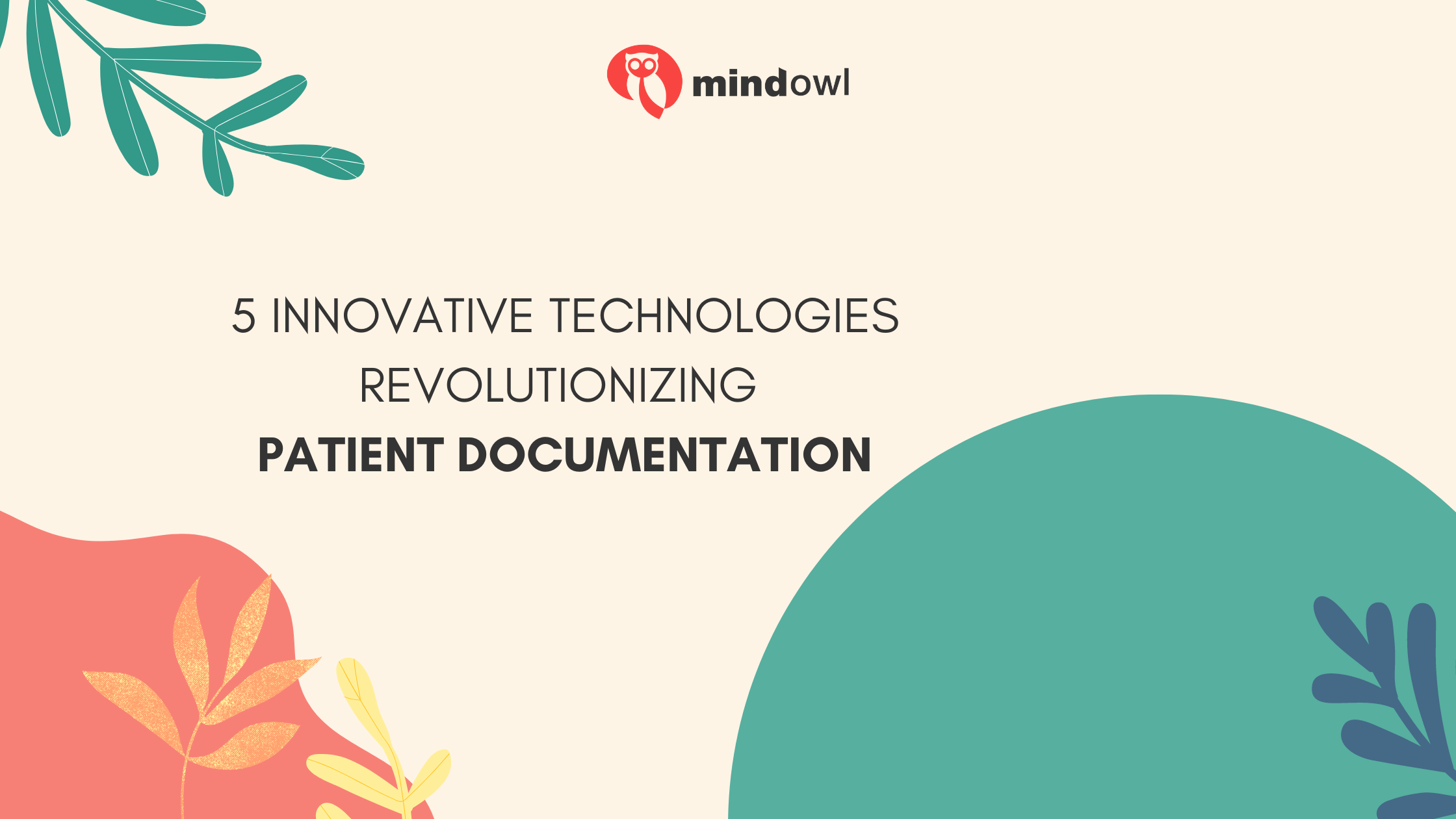
Image: Pexels
In healthcare, dealing with patient documentation is a duty that lots of professionals dread. Thanks to cutting-edge technologies, it can increasingly be catalyzed and streamlined without cutting corners, leading to better outcomes for patients as well as less drudgery for practitioners.
To show the extent of the shift that’s happening as we speak, here’s an overview of some powerful tools that are transforming how patient information is captured, stored, and shared.
Revolutionary Voice Recognition in Healthcare
Voice recognition technology is perhaps the most important piece of tech that’s propelling patient documentation into the future. An AI-powered medical scribe can intently as physicians speak, translating words into precise textual records in real-time, rather than necessitating extensive note transcription after the fact.
This means that providers can now converse naturally with patients while the docscribe software meticulously logs details, stripping away hours of manual data entry and minimizing errors. This innovation not only enhances documentation accuracy but also restores the personal touch in patient interactions by freeing doctors from the keyboard.
The Connective Tissue of EHR Interoperability
Interoperability within electronic health records is as important to modern healthcare as the body’s various interconnected systems are to the average patient.
Sophisticated solutions now ensure that disparate EHR systems communicate fluidly, sharing critical patient data securely and instantaneously. This seamless exchange unlocks a comprehensive view of patient history, vital for informed decision-making.
Moreover, it eliminates redundant tests and procedures, fostering not only cost-efficiency but also enhanced patient safety. So as healthcare networks adopt these interoperable platforms, and EHRs move to the cloud for further efficiency advantages, they pave the way for more coordinated and collaborative care.
Mobile Health Solutions Facilitating Care at Your Fingertips
Mobile health applications are empowering patients and doctors alike by making patient records accessible anytime, anywhere.
These apps enable on-the-go documentation updates, appointment scheduling, and medication tracking, which streamlines the care process and enhances patient engagement.
For clinicians, this translates to real-time access to patient data that informs better bedside decisions and more personalized care. And since 30% of readmissions can be sidestepped if the right approach is adopted, this is clearly worth pursuing. The ubiquity of smartphones is making comprehensive health management a reality for everyone – a leap forward in preventive care and chronic disease management.
Blockchain as the Bedrock of Data Security
Blockchain technology is redefining the security and integrity of patient documentation, as well as reducing medication errors. It does this by creating an immutable ledger of health records, thus providing a tamper-proof infrastructure for storing sensitive data.
Every entry is time-stamped and linked to the previous one, building a verifiable chain that ensures authenticity and trust. This transparency not only fortifies against fraud but also simplifies consent management for data sharing among authorized parties.
In an era where data breaches are a significant concern, with almost 5900 incidents impacting healthcare data from 2009 to 2023, blockchain is a beneficial bastion of patient privacy, offering peace of mind to both providers and patients.
Smart Analytics Underpinning Effective Data Utilization
The sophisticated use of smart analytics in patient documentation is switching up the process of storing information so that it can breathe life into otherwise dormant data.
Leveraging predictive analytics and artificial intelligence means healthcare providers can now extract meaningful patterns and insights from vast amounts of patient records. This real-time analysis leads to proactive care strategies, personalized treatment plans, and a marked improvement in health outcomes.
Such analytics also streamline operational efficiencies by predicting patient admission rates and managing staff workloads effectively. So while insights might have previously gone unnoticed, today they’re visible and accessible in unprecedented volumes.
Final Thoughts
We’ve seen how technologies of various types have the potential to uphold accuracy, efficiency, and security inpatient documentation. What remains is for healthcare professionals and the organizations they operate within to make the most of such bleeding-edge tools and solutions, consequently empowering themselves and improving patient care quality.
MindOwl Founder – My own struggles in life have led me to this path of understanding the human condition. I graduated with a bachelor’s degree in philosophy before completing a master’s degree in psychology at Regent’s University London. I then completed a postgraduate diploma in philosophical counselling before being trained in ACT (Acceptance and commitment therapy).
I’ve spent the last eight years studying the encounter of meditative practices with modern psychology.

